Did you know that some animals can be more stubborn than a mule? In the animal kingdom, certain species have developed a reputation for their unyielding nature, making them some of the most stubborn animals on the planet. Understanding these creatures not only reveals fascinating insights into their behavior but also reflects traits we sometimes see in ourselves. In this article, we’ll explore the characteristics that define these headstrong animals and why their stubbornness is both a survival mechanism and a source of intrigue.
List Of Most Stubborn Animals In The World
Here is the list of stubborn animals that exist in this world:
| Number Of Animals | Names Of Stubborn Animals |
| 1 | Mules |
| 2 | Bulls |
| 3 | Cows |
| 4 | Donkeys |
| 5 | Terrier Dogs |
| 6 | Goats |
| 7 | Llama |
| 8 | Cats |
| 9 | Badger |
| 10 | Tortoises |
| 11 | Camels |
| 12 | Horses |
| 13 | Elephants |
Mules
Scientific name: Equus mulus
Class: Hybrids
Diet: Herbivores
Mules, the offspring of a male donkey and a female horse, often earn a reputation for stubbornness that belies their intelligence and adaptability. This perception stems from their strong will and unique temperament, traits inherited from both parent species. While many animals may acquiesce to commands out of submission, mules exhibit a discerning nature, weighing the risks of compliance against their own well-being. This critical thinking can be misinterpreted as obstinacy, but in reality, it reflects a deep-seated instinct for self-preservation.
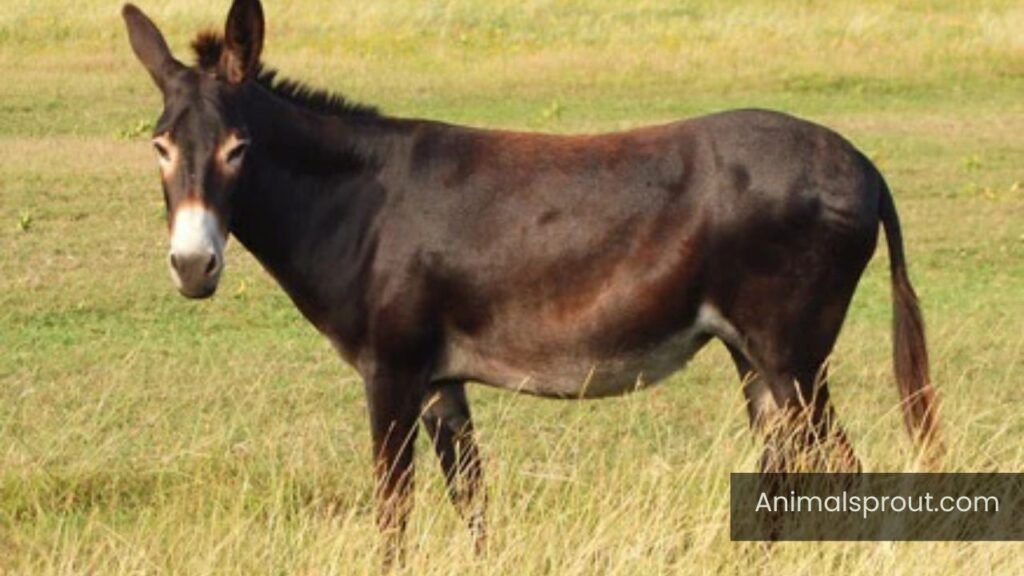
What’s fascinating about mules is their remarkable ability to navigate challenging terrains and situations with an innate sense of caution. Historically, they have been prized for their endurance and surefootedness, especially in mountainous regions where horses might falter. Their reluctance to move forward in uncertain conditions isn’t a refusal to obey; rather, it’s an evolutionary advantage that has allowed them to survive in harsh environments. When treated with respect and understanding, mules reveal their loyalty and willingness to work, showcasing that what appears to be stubbornness is often just a creature exercising its wisdom.
Bulls
Scientific Name: Bos taurus
Class: Mammalia
Diet: Herbivores
Bulls, often celebrated for their strength and imposing presence, are emblematic of stubbornness in the animal kingdom. Their famously unyielding nature can be traced back to both instinct and social behavior. Unlike many domesticated animals that have adapted to human interaction, bulls retain a strong sense of independence, often resisting commands and challenges with a steadfastness that leaves handlers scratching their heads. This behavior is not merely defiance; it’s rooted in their evolutionary history as herd animals, where asserting dominance within the group was crucial for survival.
Yet, there’s more to a bull’s stubbornness than meets the eye. This trait can be seen as a manifestation of their intelligence and emotional depth. Bulls possess the ability to form bonds with their environment and companions, leading them to make decisions based on instinctual assessments rather than blind obedience. A bull may refuse to move when it senses danger or discomfort, showcasing an innate wisdom that speaks volumes about their survival instincts. Understanding this perspective not only fosters a deeper appreciation for these magnificent creatures but also highlights the importance of patience and respect in handling them.
Cows
Scientific Name: Bos taurus
Class: Mammalia
Diet: Herbivores
Cows, often seen as gentle giants grazing peacefully in pastures, possess a surprisingly stubborn streak that can turn the most serene farm into a scene of unexpected chaos. This stubbornness is not merely a product of their size or temperament; it stems from their strong social structures and innate instincts. Cows are herd animals, and their bonds with one another are profound. When a cow feels threatened or believes it’s being separated from its group, its instinctual reaction might be to resist, leading to those iconic moments of bovine defiance.
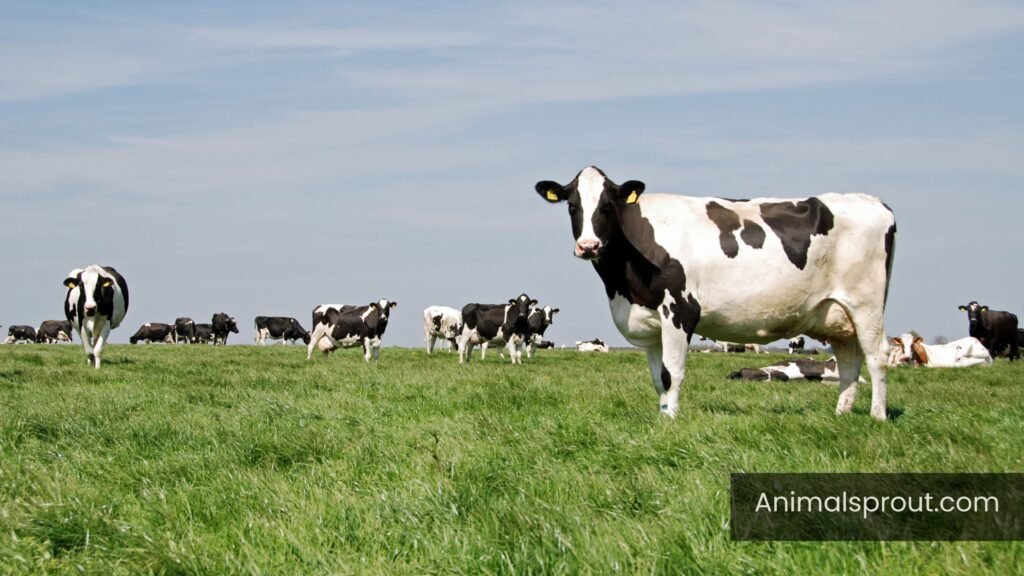
Beyond their physical presence, cows exhibit a level of intelligence and emotional depth that many overlook. They can recognize individual faces—both human and bovine—and display distinct personalities, which can lead to stubborn behavior when they feel misunderstood or pressured. For instance, a cow might refuse to move if it senses an unfamiliar person nearby, showcasing a blend of caution and assertiveness. Understanding this perspective encourages us to see cows not just as livestock but as sentient beings with their own will and emotions, reminding us that their “stubbornness” is often a reflection of their desire for safety and connection within their herd.
Donkeys
Scientific Name: Equus asinus
Class: Mammalia
Diet: Herbivores
Donkeys often carry a reputation for stubbornness, but this characteristic is rooted in their incredible intelligence and instinct for self-preservation. Unlike other domesticated animals that may blindly follow commands, donkeys possess a keen awareness of their surroundings and an innate ability to assess risk. This means that when they refuse to budge, it’s not mere obstinacy; they are carefully weighing the situation and deciding whether it’s safe to proceed. This discerning nature can be frustrating for handlers who expect compliance, but it highlights the donkey’s independent spirit and strong will.
Furthermore, donkeys are social creatures that thrive on companionship and trust. Their perceived stubbornness can often be traced back to a lack of proper communication or connection with their handler. Building a relationship based on respect and understanding can transform a donkey from a seemingly obstinate animal into a loyal partner. By recognizing their unique personalities and needs, humans can unlock the potential of these remarkable creatures, revealing a bond that goes beyond mere utility to one of mutual respect and affection.
Terrier Dogs
Class: Mammalia
Diet: omnivores
Terrier dogs are often characterized by their stubbornness, a trait that can be both endearing and challenging for their owners. This tenacity stems from their historical roles as hunters and ratters, where persistence was key to success. When faced with an obstacle or a command they don’t quite agree with, terriers can dig in their heels—or paws—showing a fierce independence that can leave even the most seasoned dog trainers scratching their heads.

However, this stubborn streak also makes terriers incredibly resilient and adaptable companions. Their strong-willed nature encourages creative training methods that engage their minds, turning challenges into opportunities for bonding. Owners who embrace this stubbornness often find themselves developing innovative strategies, such as incorporating play into training sessions or using puzzle toys to stimulate their terrier’s sharp intellect. By recognizing and respecting a terrier’s inherent determination, you can transform what seems like obstinacy into a rewarding partnership built on mutual respect and understanding.
Goats
Scientific Name: Capra hircus
Class: Mammalia
Diet: Herbivores
Goats have long been celebrated for their quirky personalities and undeniable stubbornness, traits that often make them both endearing and exasperating. Their independent nature isn’t just a personality quirk; it’s a survival mechanism. In the wild, goats are known to navigate rugged terrains, making split-second decisions that require a certain level of tenacity and confidence. This same stubbornness is evident in domestic goats as they challenge boundaries, refusing to be led where they don’t wish to go, which can turn a simple walk into a spirited negotiation.
Interestingly, this defiant streak can be harnessed positively. Goat owners often find that their animals thrive on mental stimulation and challenges that engage their natural curiosity. Enrichment activities—like obstacle courses or puzzle feeders—can transform stubborn behavior into playful exploration. Moreover, goats are incredibly social creatures, and understanding their dynamics within a herd can reveal much about their seemingly obstinate choices. When they refuse to move, it might not be sheer stubbornness but rather a reflection of their social hierarchy or an assessment of their surroundings, reminding us that behind every headstrong goat lies an intricate web of instincts and interactions waiting to be understood.
Llama
Scientific Name: Lama glama
Class: Mammalia
Diet: Herbivores
Llamas are often viewed as the quintessential stubborn animals, and for good reason. Their unique social structure and strong personalities lead them to assert their independence in ways that can be both humorous and exasperating for their handlers. Unlike traditional livestock, llamas have a keen sense of self-preservation and will often dig in their heels—literally—when they feel challenged or threatened. This behavior isn’t merely obstinacy; it’s a reflection of their natural instincts honed through centuries of adaptation in the rugged Andes Mountains.
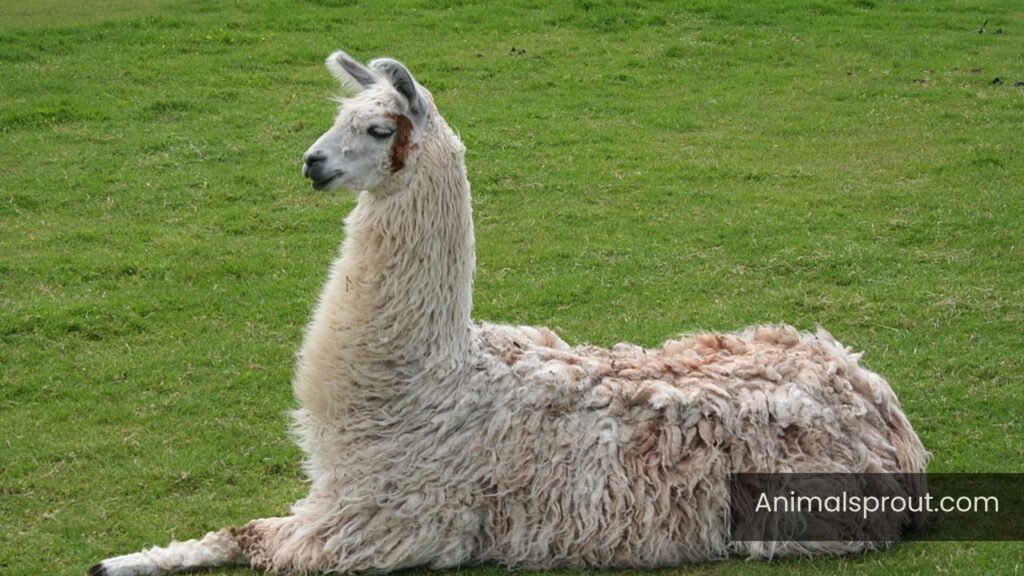
Interestingly, this stubbornness can also be a sign of intelligence. Llamas have been known to assess their surroundings and make decisions based on what they deem safe or comfortable. This means that when they refuse to move or comply, it may not just be an act of defiance but rather an expression of their thoughtful nature. Handlers who understand this aspect of llama behavior can turn these moments into opportunities for training, using patience and positive reinforcement to guide them rather than forcefully asserting control.
Cats
Scientific Name: Felis catus
Class: Mammalia
Diet: Carnivores
Cats are often hailed as the epitome of independence, and their stubbornness is a fascinating manifestation of this trait. When a cat decides it’s time to ignore that perfectly placed scratching post in favor of the worn-out couch, it’s not just being obstinate; it’s asserting its autonomy. This behavior reflects a deeper instinct—cats are natural hunters, and their solitary nature makes them selective about their environments and interactions. If something doesn’t resonate with their feline sensibilities, they’ll simply opt out, leaving their human companions baffled.
Understanding a cat’s stubborn streak can actually enhance the bond between pet and owner. Instead of viewing resistance as defiance, consider it an opportunity for communication. For instance, if your feline friend refuses to come when called, it may be more about their desire for control than a rejection of affection. Engaging in interactive play or offering choices—like selecting between two toys—can empower your cat while also steering them toward desired behaviors. Embracing their quirky independence can transform frustration into fascination, revealing the rich tapestry of personality that makes each cat a unique companion.
Badger
Scientific Name: Meles meles
Class: Mammalia
Diet: Carnivores
Badgers, with their distinctive black-and-white striped faces and robust build, exemplify stubbornness in the animal kingdom. These tenacious creatures are not only known for their fierce loyalty to their burrows but also for their unyielding nature when threatened. When faced with danger, a badger will stand its ground, using its powerful claws to defend itself or its young, showcasing an unwavering determination that is both admirable and intimidating. This behavior invites curiosity about what drives such tenacity—whether it’s instinctual survival or a more profound sense of territory.
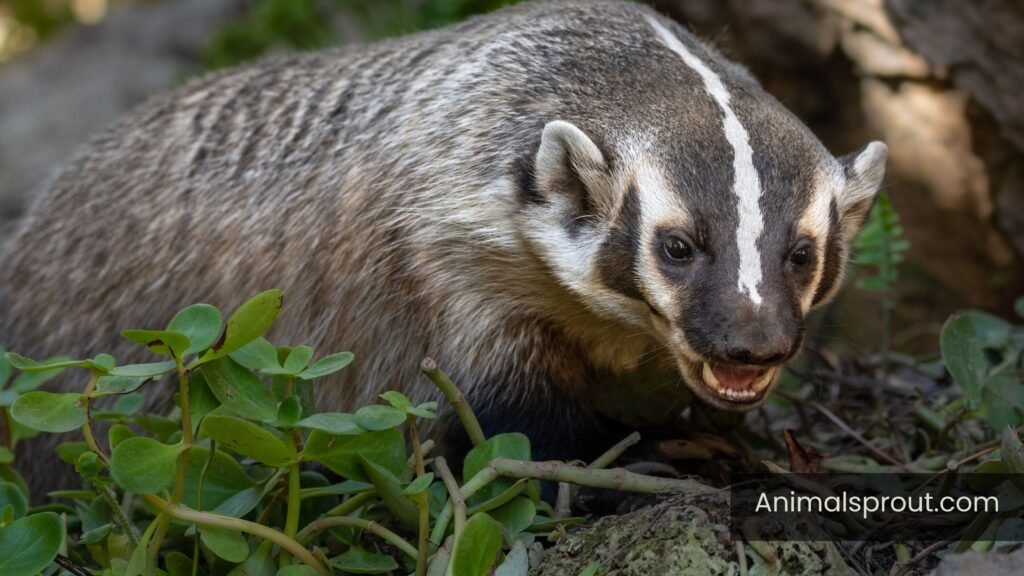
What makes badgers particularly fascinating is their social structure. Living in clans, they exhibit a strong sense of community, where stubbornness manifests as a protective instinct towards family members. Unlike many solitary animals, badgers engage in cooperative behaviors, working together to dig extensive networks of tunnels that serve as both homes and escape routes. This collaboration highlights a unique balance between individual stubbornness and communal responsibility, prompting us to reflect on how persistence can foster stronger bonds within groups.
Tortoises
Scientific Name: Testudinidae
Class: Reptilia
Diet: Herbivores
Tortoises are the embodiment of perseverance, often mistaken for mere slowness. Their deliberate movements are a testament to their steadfast nature, reflecting a philosophy of taking life one measured step at a time. While they may appear stubborn, this trait is actually a survival mechanism. In the wild, a tortoise’s refusal to rush can mean the difference between life and death, allowing them to avoid predators and conserve energy in harsh environments.
Interestingly, tortoises have developed unique ways to express their stubbornness, often showcasing individual personalities that challenge our perceptions of these reptiles as passive creatures. Some tortoises have been known to dig in their heels—literally—when confronted with obstacles, refusing to budge until they determine a path that suits their needs. This behavior can be seen as a form of resilience, demonstrating their ability to adapt rather than simply submit to external pressures.
Camels
Scientific Name:
Dromedary Camel (one-humped camel): Camelus dromedarius
Bactrian Camel (two-humped camel): Camelus bactrianus
Class: Mammalia
Diet: Herbivores
Camels, often dubbed the “ships of the desert,” possess an undeniable stubbornness that has fascinated humans for centuries. This trait, while sometimes frustrating for handlers, is deeply rooted in their survival instincts. In the harsh landscapes they inhabit, camels have developed a unique ability to assert their will, ensuring that they conserve energy and resources in an environment where both are scarce. Their reluctance to move forward when conditions aren’t right can be interpreted as a form of self-preservation, reminding us of the resilience required to thrive in such unforgiving settings.

Interestingly, this stubbornness also highlights a profound bond between camels and their caretakers. In cultures where these majestic creatures are integral to daily life—be it for transportation, trade, or companionship—understanding a camel’s moods and needs becomes essential. Handlers often develop a nuanced communication style with their camels, using patience and empathy rather than force.
Horses
Scientific Name: Equus ferus caballus
Class: Mammalia
Diet: Herbivores
Horses, with their majestic stature and keen intelligence, often display a surprising streak of stubbornness that can challenge even the most seasoned trainers. This behavior isn’t merely defiance; it’s a complex interplay of instincts and emotions. Horses are prey animals by nature, and their reluctance to move or comply can stem from a deep-seated desire for self-preservation. When they perceive a situation as threatening or uncomfortable, their instinctual response may be to dig in their heels—literally and figuratively.
Understanding a horse’s stubbornness requires empathy and patience. Instead of viewing it as obstinacy, consider it a form of communication. A horse that refuses to trot down a trail may not just be being difficult; it might be signaling that something feels off in their environment or that they are simply not ready for the task at hand. By fostering trust and creating a safe space for these magnificent creatures, riders can transform moments of perceived stubbornness into opportunities for deeper connection. Ultimately, it’s this understanding that enriches the bond between horse and handler, turning challenges into shared experiences rather than battles of will.
Elephants
Class: Mammalia
Diet: Herbivores
Elephants, often hailed as the gentle giants of the animal kingdom, exhibit a fascinating blend of intelligence and stubbornness that captivates both researchers and wildlife enthusiasts alike. Their formidable size is matched only by their strong-willed nature; when an elephant decides to assert its independence, it can be a sight to behold. For instance, matriarchs leading their herds often refuse to follow traditional migration paths if they perceive a threat or are simply in the mood for exploration. This tenacity underscores their complex social structures and deep familial bonds, revealing how these creatures prioritize their safety and well-being over societal norms.
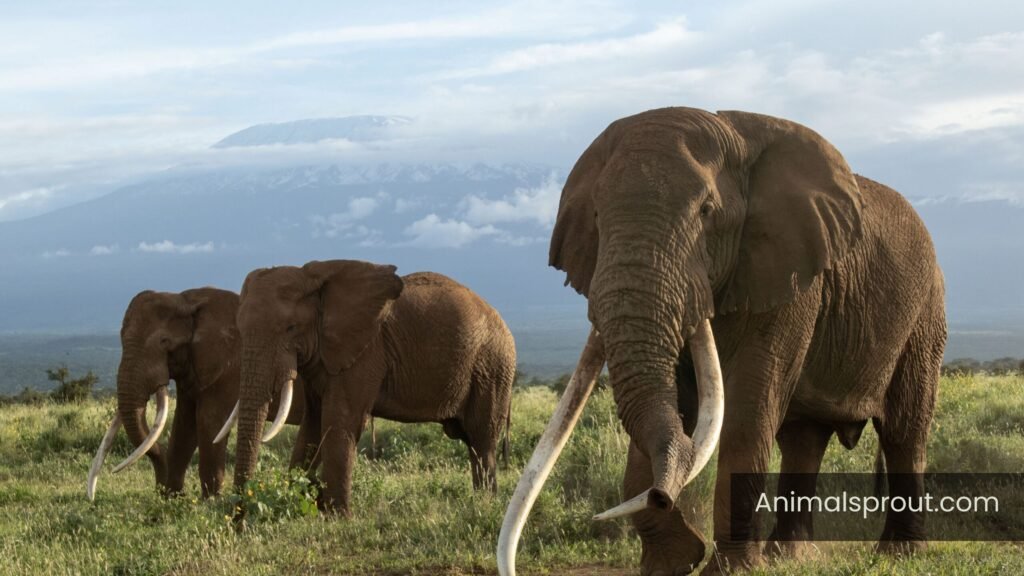
Moreover, elephants demonstrate an impressive capacity for problem-solving, often using their size and strength in creative ways to overcome obstacles. When faced with barriers, they can display a stubborn refusal to back down, employing strategic thinking instead. A well-documented example involves elephants in captivity who have learned to manipulate their enclosures, cleverly using their trunks to unhinge locks or push against fences. This behavior not only highlights their intelligence but also emphasizes a unique kind of resilience, as they adapt and challenge the limitations imposed upon them. Such insights remind us that while stubbornness may seem like a flaw in human terms, in the animal world, it can be a powerful testament to survival and autonomy.
Readmore: Explore Down Syndrome Animals In The World.
Final Thoughts
Stubbornness in animals is not merely a nuisance but a trait shaped by evolution and instinct. Animals like goats and donkeys demonstrate that their determination serves important purposes in their natural habitats. While it can be frustrating to deal with a headstrong pet, it’s essential to recognize that their behavior often stems from strong survival instincts. Embracing the quirks of these stubborn creatures can lead to more rewarding interactions and a greater understanding of their needs. So, let’s celebrate the tenacity of these animals and learn to appreciate their unique perspectives on life!
FAQs
What is the most stubborn animal in the world?
Top contender for the title of “most stubborn animal” is the mule, a hybrid between a horse and a donkey. Mules inherit the donkey’s tenacity and are also known for their intelligence and strong personalities. While they can be incredibly hardworking and reliable when motivated properly, they can just as easily dig in their heels when they sense a lack of respect or understanding from humans.
What is the top 1 strongest animal?
The African elephant is often considered the strongest land animal due to its sheer size and power. Adult males can weigh between 10,000 to 14,000 pounds and stand up to 13 feet tall. Their massive bodies are equipped with strong muscles and bones, allowing them to push over trees and carry heavy loads, making them incredibly formidable in their natural habitat.

